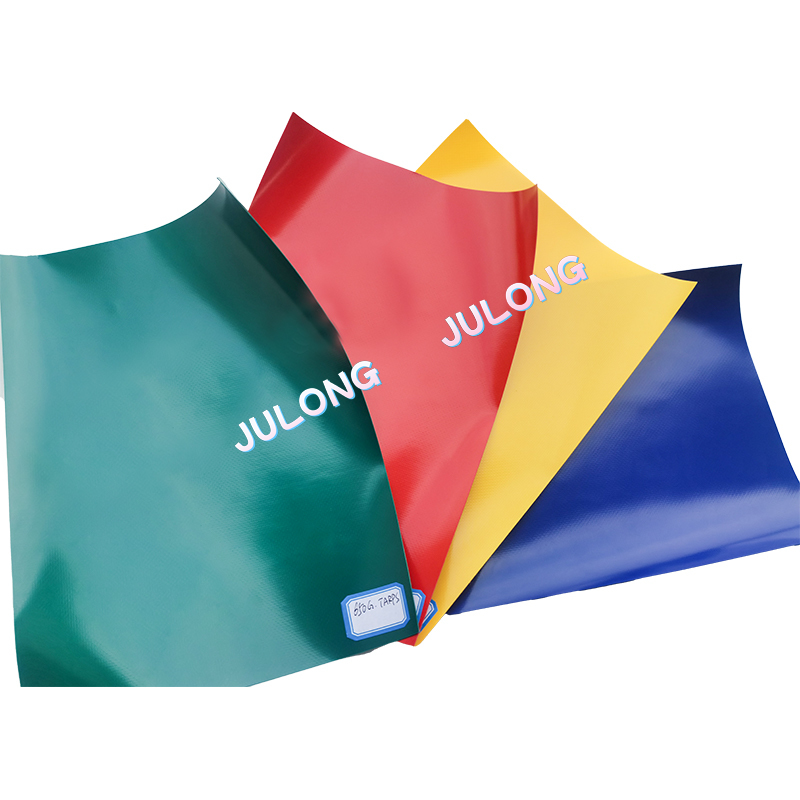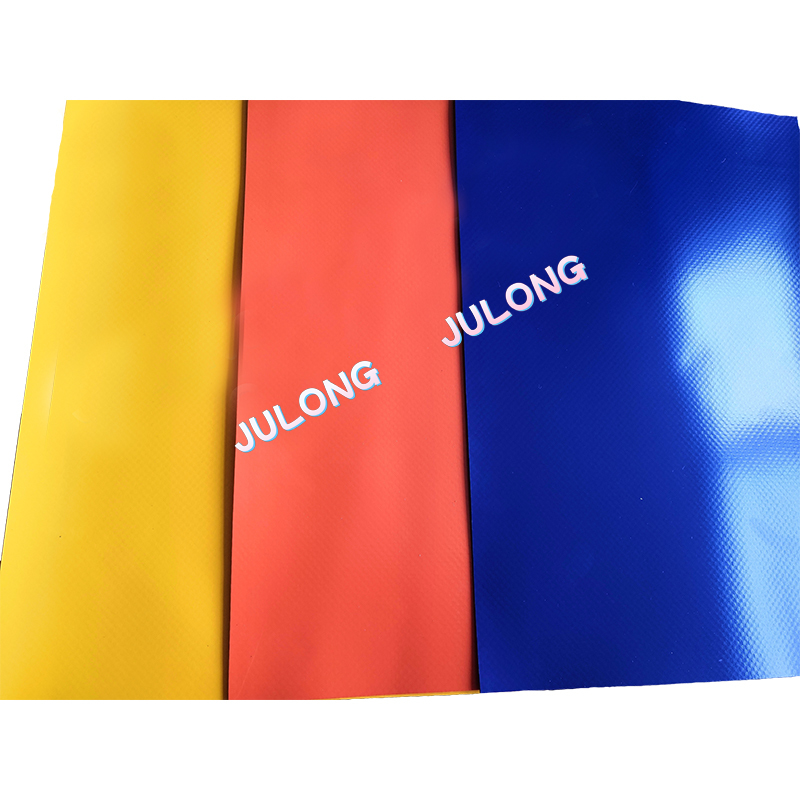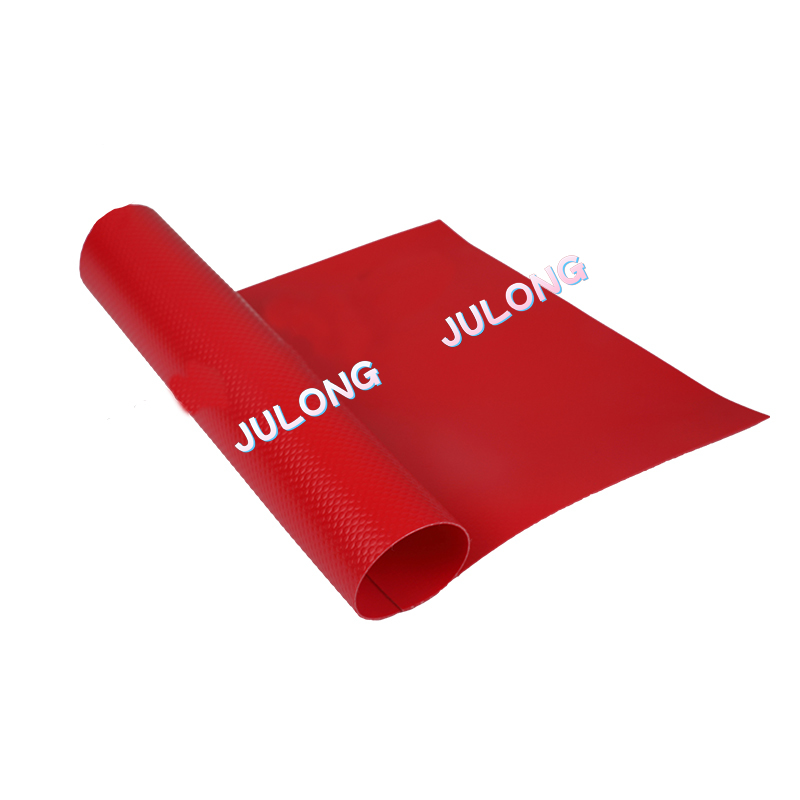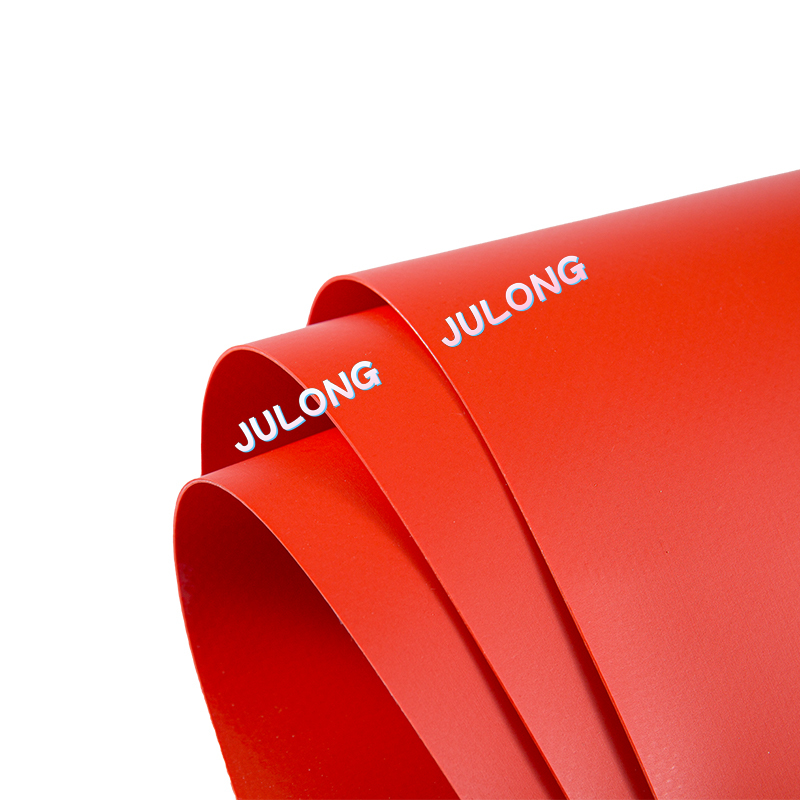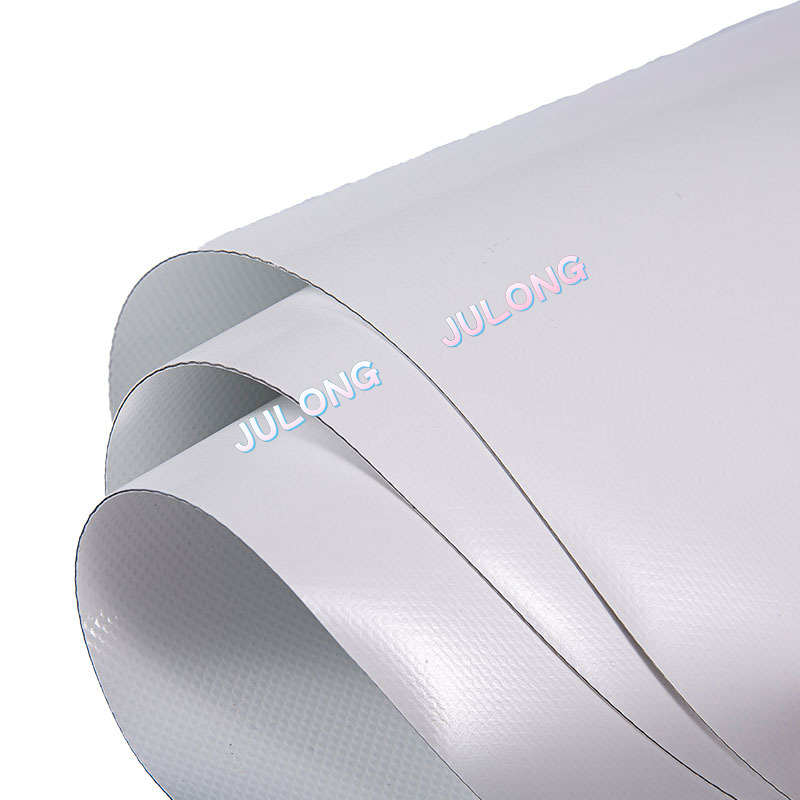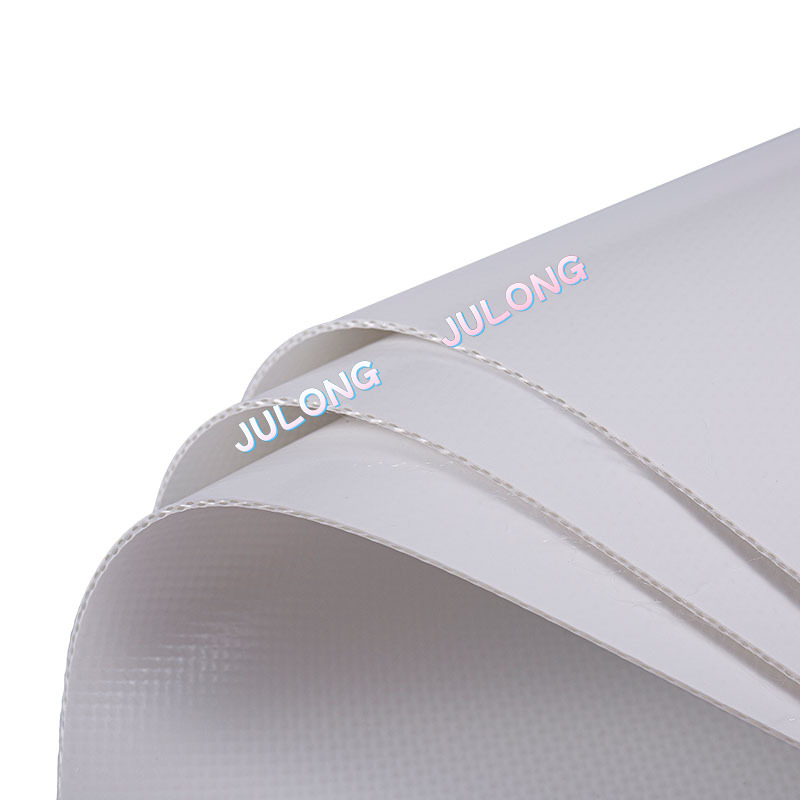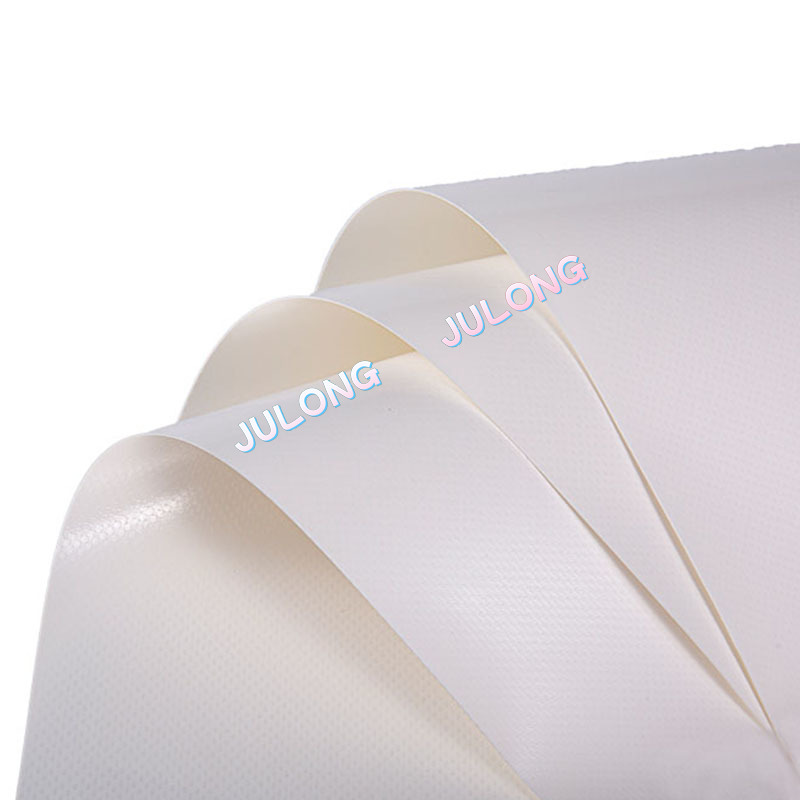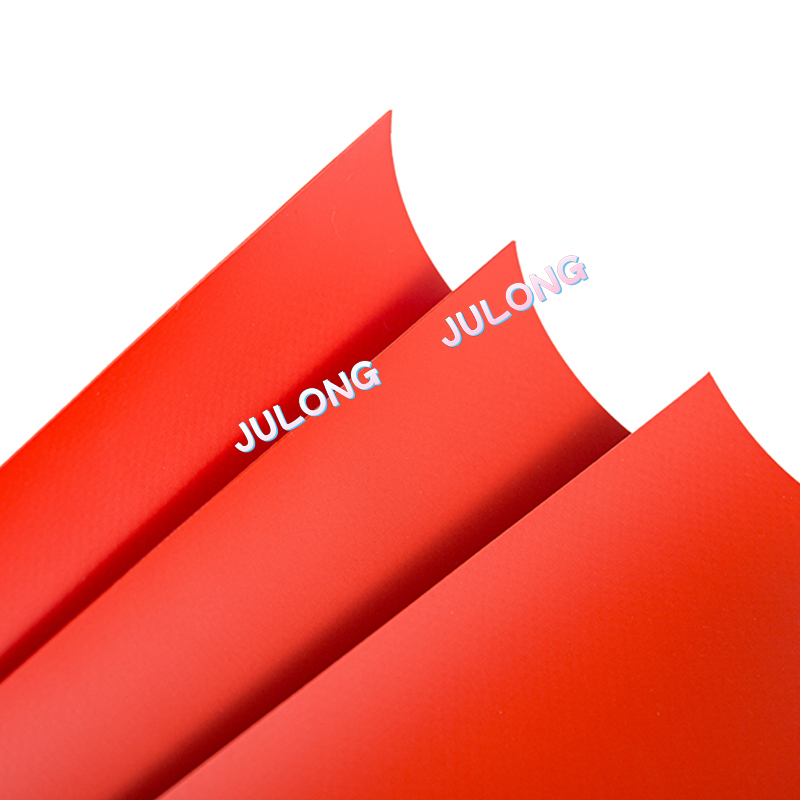For a long time, architects mostly regarded plastic polymer materials as secondary building materials, which can be used as high-performance kitchen surface materials, but cannot be practically applied to the whole building. However, with the improvement of material properties brought about by technological progress, polymer materials have begun to be valued and become a useful tool in the architect's toolbox. One of the widely used fluorine-containing polymer materials is ETFE (ethylene-tetrafluoroethylene copolymer).
ETFE building film was first developed by DuPont in the 1970s as a lightweight, heat-resistant film that can be used as cladding in the aerospace industry. Since then, the film has been used sporadically in agriculture and construction, such as greenhouse cladding and solar panel protection. Then, in 2001, this material ushered in its first large-scale application, as a surface film material for the huge circular greenhouse of the "Eden Project" (Eden Project) in Cornwall, England. The project is an evolution of Buckminster Fuller's Montreal biosphere concept. Arup, as an engineering consultancy, chose ETFE for its proven ability to regulate the built environment by printing specific textures on the membrane and layering them to adjust the lighting, which is very important for building a plant-specific environment. The artificial climate is very necessary. Additionally, architects found that ETFE's low coefficient of friction prevents dust from adhering to surfaces, reducing maintenance costs. In many subsequent projects, ETFE has been widely used in various scenarios.
Unlike potentially health-threatening plastics such as polyvinyl chloride (PVC), ETFE is both recyclable and durable and can withstand extreme weather conditions. Its manufacturing cost is moderate, and the manufacturing process consumes very little energy. Its lightweight nature makes it cheap to transport. Due to its plasticity, ETFE performs well in response to natural disasters such as earthquakes and is flame-retardant and fire-resistant.
Plastic polymer materials seem to have become a widely accepted practical and successful building material, and ETFE has proven its good performance in many construction projects. Now is the time for architects to continue exploring new uses for these materials.
To learn more about architectural membrane materials, please continue to follow us!


 English
English عربى
عربى